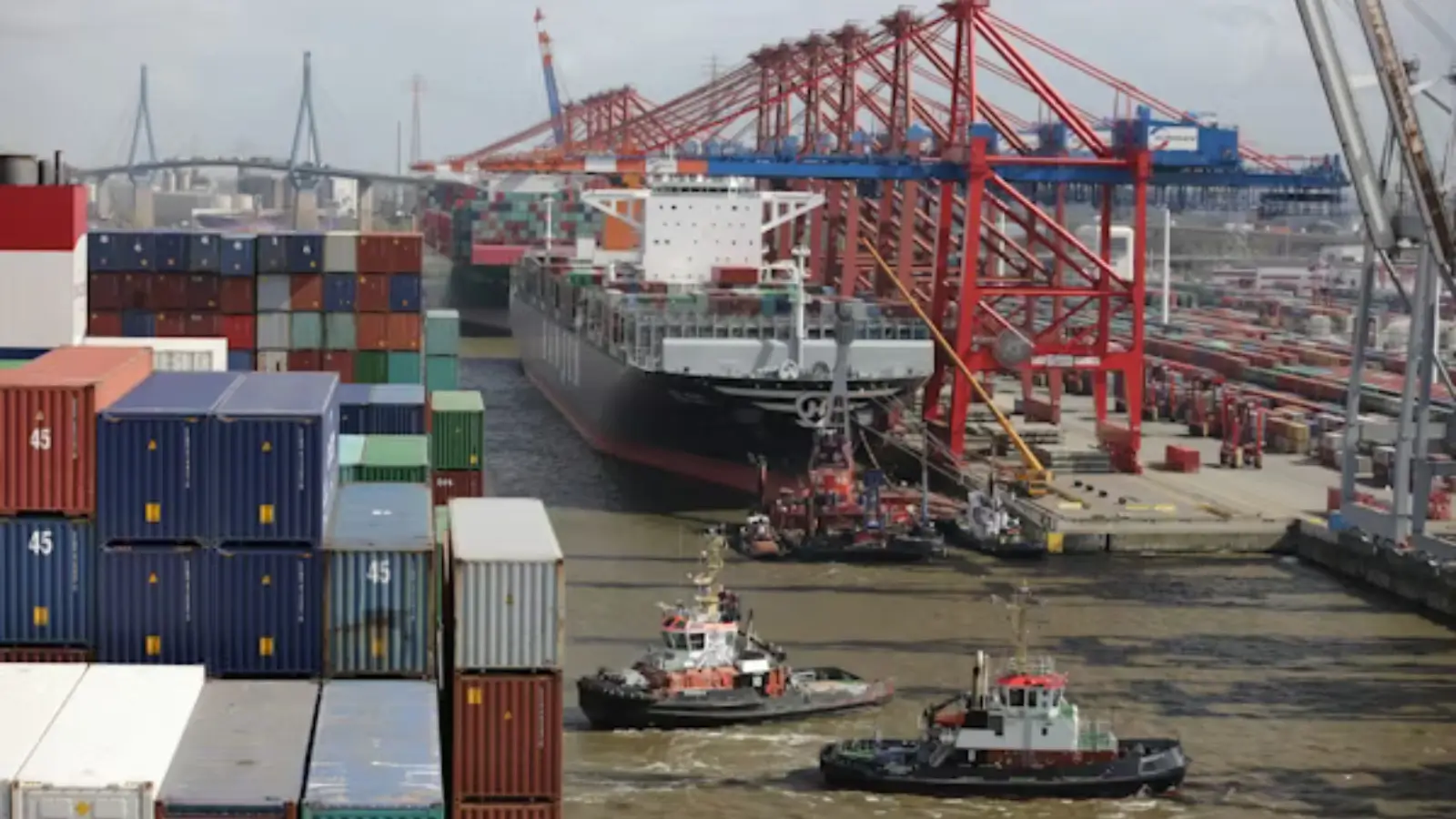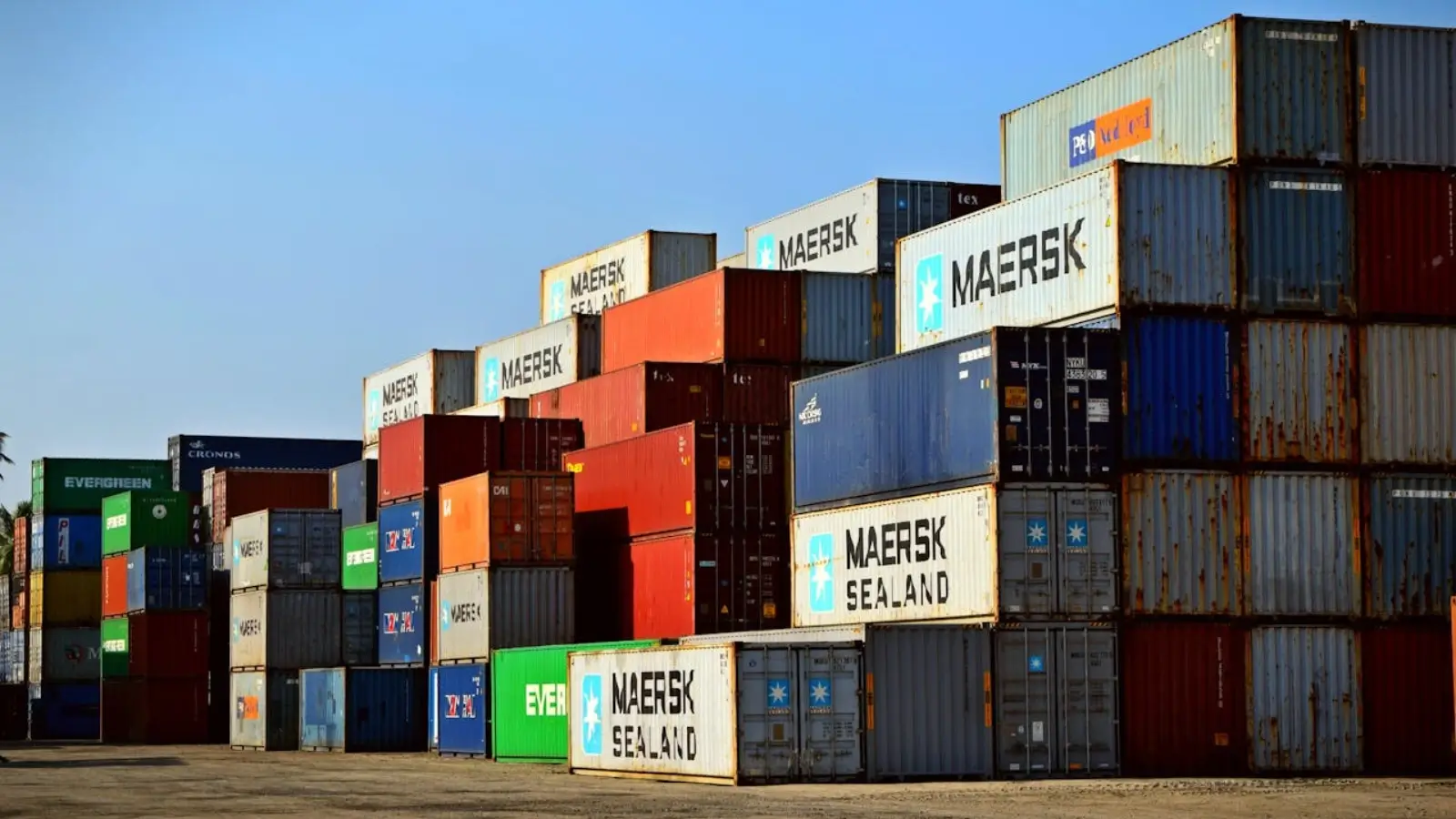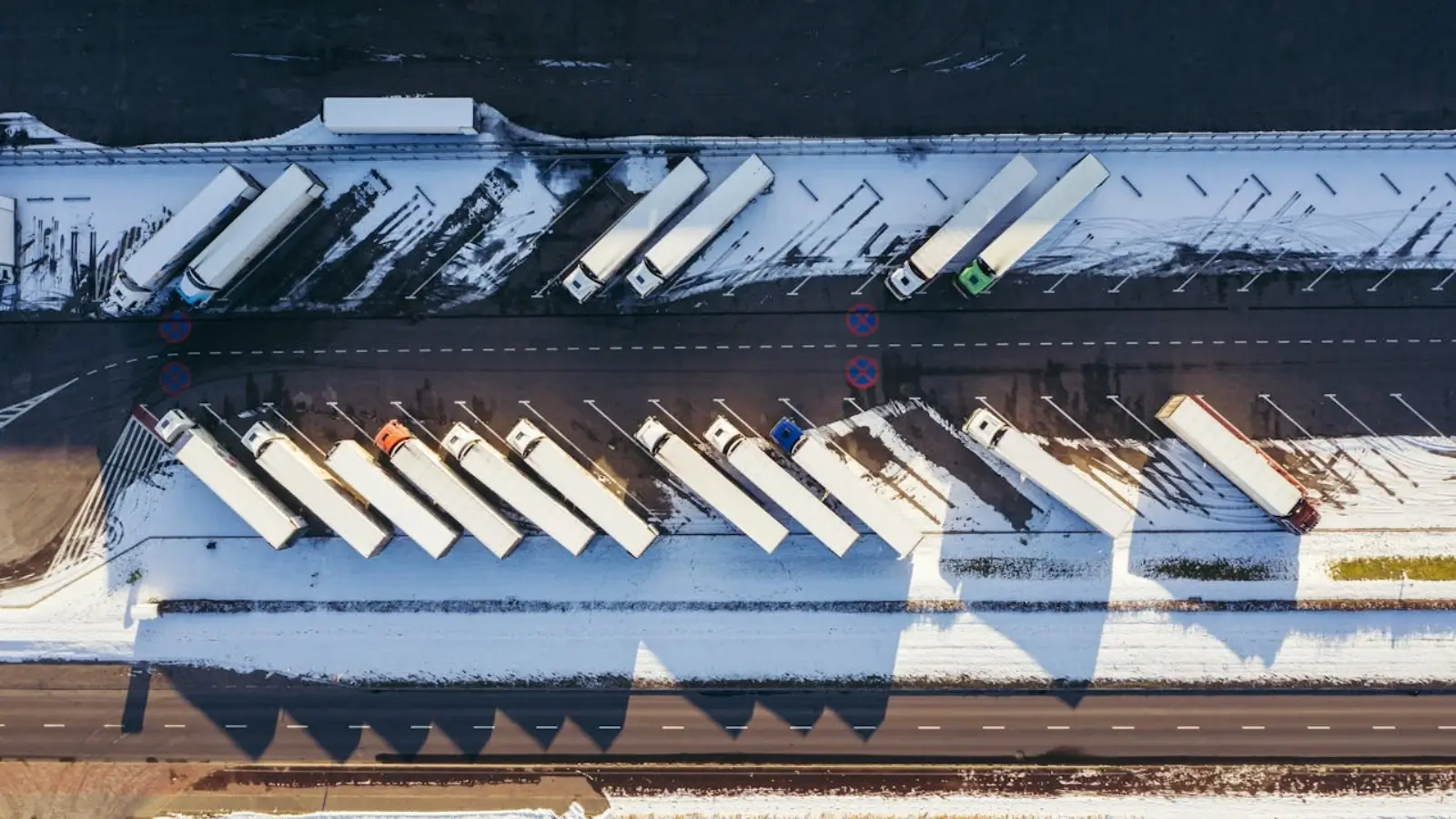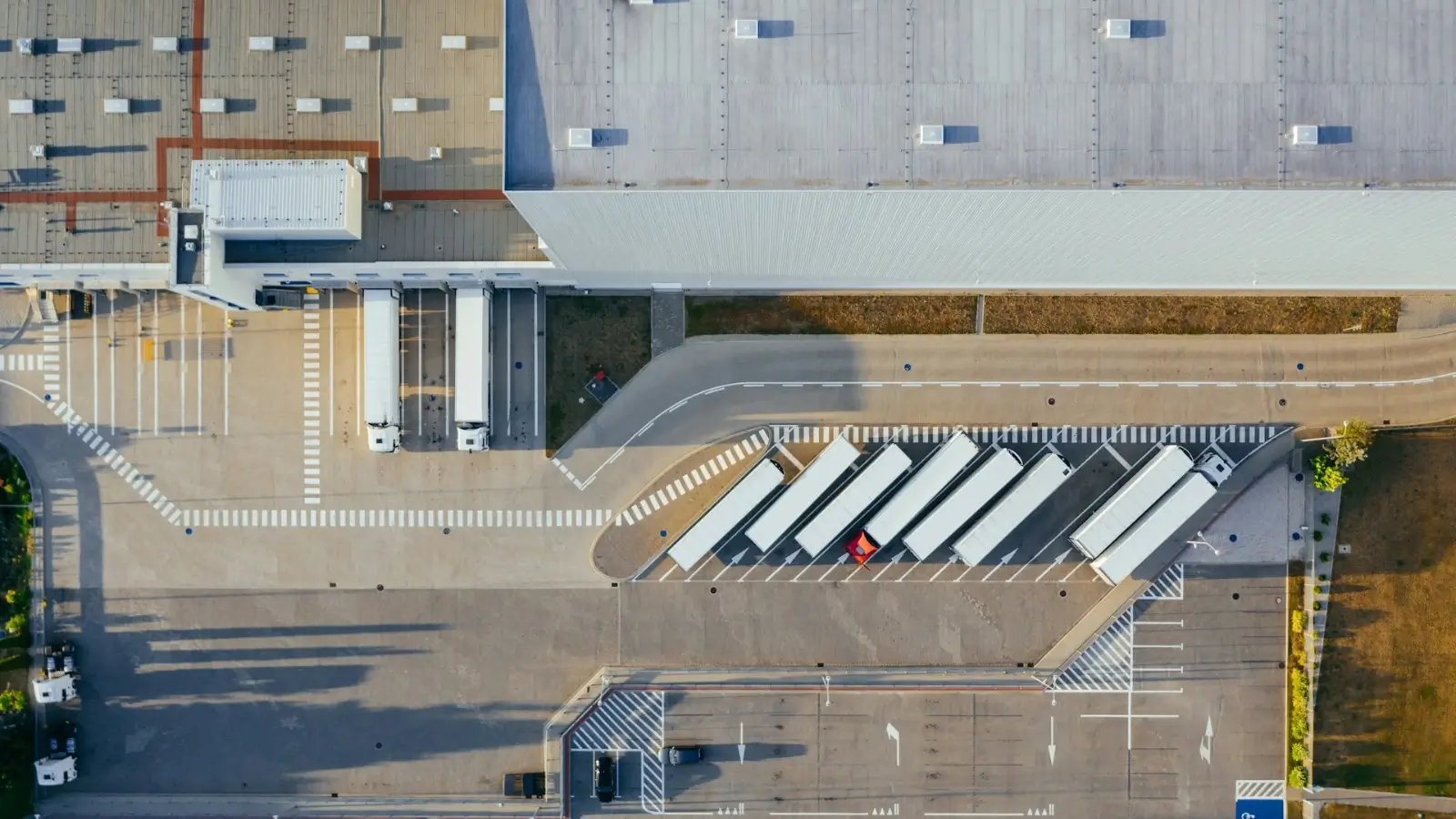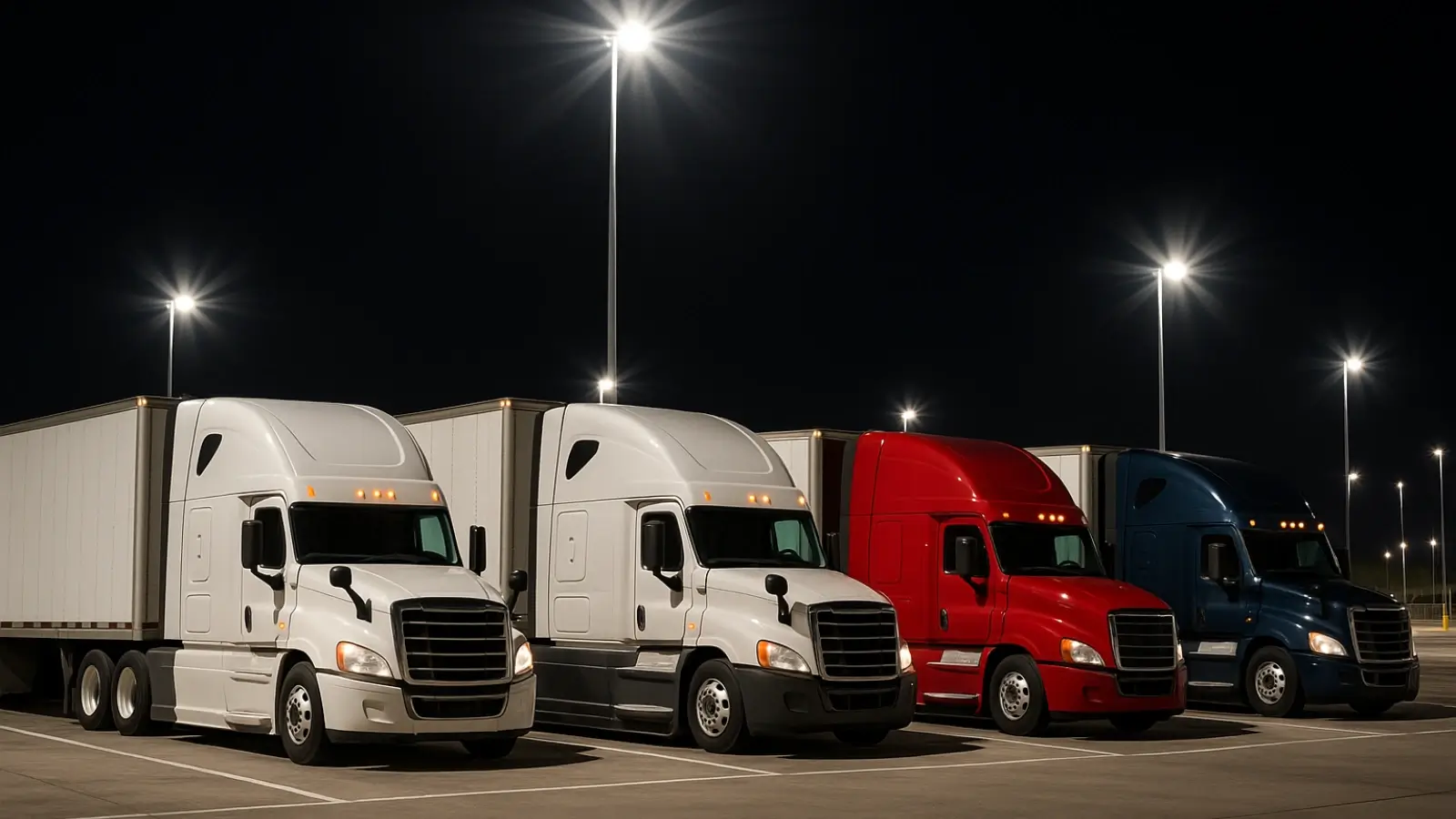In recent years, global supply chains have faced a wave of disruption, from the COVID-19 pandemic and geopolitical conflicts to labor shortages and shifting consumer expectations. These challenges have proven that traditional supply chain models have structural vulnerabilities and have emphasized the immediate necessity for resilient and flexible systems.
But fortunately, technology is stepping in to fill the gap.
Through such instruments as AI, blockchain, IoT, and real-time analytics, companies are enhancing their supply chain asset management for smarter, faster, more transparent activities.
That said, these innovations are solving today's problems and shaping future innovations worldwide, which will help supply chain management be more stable and responsive.
Below are ways in which tech is redefining the future of supply chain management.
1. Real-Time Visibility and Tracking
Real-time tracking is one of the critical innovations in supply chain technology. Embedded GPS and Internet of Things (IoT) sensors enable companies to track their goods at every stage of the journey. A level of transparency like this can help businesses plan for delays, manage inventory better, and keep customers appeased with exact estimates as to when things should be delivered.
For example, if a container is held up in a port, a supply chain manager is immediately notified by the alerts and can redirect the delivery almost as promptly, mitigating downstream damage. Such insights were virtually impossible with traditional paper-based tracking systems.
Therefore, these advancements have become particularly valuable in addressing persistent supply chain issues, helping companies respond more dynamically to disruptions and maintain operational continuity.
2. Artificial Intelligence and Predictive Analytics
One of the areas where machine learning revolutionizes supply chain management is through automating core functions like demand forecasting, inventory optimization, and logistics planning.
Traditional forecasting methods are all based on a mass of historical data and assume that sudden changes in market behavior are random. AI, however, can process varying information in broad data sets such as weather, global reports, economic indexes, and even social media sentiment to create a correct prediction that isn't static.
This predictive power can help companies make more intelligent decisions about inventory, preventing under- or overstocking that might cause lost sales or high warehousing charges. Retailers, for instance, can leverage AI to anticipate purchase intent for the peak replenishment of each season and still be on time to react. In logistics, route planning software powered by AI reduces fuel and time commitment in delivery time and optimizes the delivery vehicles' utilization and efficiency.
3. Blockchain and Enhanced Transparency
Blockchain technology is revolutionizing transparency and traceability in supply chains by providing a secure, decentralized, and tamper-proof record of every transaction. In areas where authenticity and safety are essential, as in agriculture and luxury goods, the blockchain guarantees that the path of each product, from the origin until the end-user, is clearly documented and easily auditable.
For instance, blockchain could be used in the pharmaceutical sector to trace the sources of drugs and check the legitimacy of a particular drug from a regulatory standpoint, from production to delivery.
Meanwhile, food vendors can track suspect products to their source in minutes, not days, allowing for improved response times and smaller scope of recalls.
4. Digital Twins for Simulation and Planning
With digital twin technology, supply chain leaders can build virtual models of real-life processes. These computer models function like virtual laboratories, enabling you to test scenarios, predict outcomes, and inform actions without putting real systems at risk.
Using digital twins, companies can model “what-if” scenarios.
For example, suppose a natural disaster hits a key supplier. In that case, a digital twin might simulate how rerouting shipments or shifting to other suppliers would affect the schedule and costs.
This planning orientation of looking forward minimizes risk, locates barriers, and maximizes end-to-end performance.
5. Cloud-Based Collaboration and Integration
The cloud has become the backbone of fundamental retail supply chain processes today, enabling real-time collaboration, data sharing, and system integration across global networks. Cloud systems allow every stakeholder, from suppliers and manufacturers to logistics and retail, to access the most recent sales or shipment information or analytics, regardless of location.
This transparency removes delays and confusion in communications (that commonly occur in traditional silo systems). During times of crisis, such as the COVID-19 pandemic, cloud services have played a vital role in enabling remote collaboration and business continuity management.
Likewise, cloud integration supports faster onboarding of new partners and greater scalability. Whether a business needs to expand services globally or needs to respond to changes in seasonal demand, clouds can scale up and down as required. Companies are also adopting specialized tools like dock management software from providers such as DataDocks, which enhances scheduling, loading efficiency, and coordination within supply chain operations. Adopting paperless solutions like these highlights how supply chain management is evolving toward greater efficiency, transparency, and sustainability in the digital era.
6. Sustainability Through Smart Logistics
Sustainability is becoming a central pillar of supply chain strategy, and technology plays a key role in reducing environmental impact.
Smart logistics services utilize big data analysis and AI to map out routes for delivery vehicles that reduce idling times and increase the vehicle load with maximum space utilization. This reduces fuel usage, hence reducing emissions into the atmosphere.
Companies can also use AI to identify more eco-friendly suppliers, cut back on packaging waste, and monitor energy use throughout the production and distribution chain. For example, the commercial route optimization software used by logistics companies like UPS has saved millions of gallons of fuel and reduced carbon dioxide emissions.
Besides, carbon-tracking aids allow industries to measure and report their green score in real time. This will create compliance and help build attractive brands for the ever-increasing eco-conscious consumer. Tech-fueled sustainability is not only good for the planet but also leads to significant cost savings.
7. Cybersecurity and Risk Management
Supply chain cybersecurity is growing in importance as supply chains become increasingly digital and interconnected. A single cyber-attack against a supplier or logistics partner can result in a data breach and operational downtime or trigger a ripple effect throughout the supply network.
One way companies have been mitigating this risk is by using strong cybersecurity measures, including firewalls, intrusion detection, multi-factor authentication, and encrypted communications.
That said, AI increasingly monitors systems for discrepancies, identifies threats in real time, and automatically responds before any damage is done. Risk management plans also involve regular security inspections, staff training, and the development of contingency plans.
Wrapping Up
For supply chain management, technology has gone from being an option to a necessity. From advanced technology, from real-time tracking and AI predictions to blockchain and robotic automation, these analytics tools allow companies to respond quickly and accurately to the latest market information.
Also, as disruptions keep cropping up, from pandemics to political instability, the companies that invest in intelligent, technology-enabled supply chains will be better able to manage uncertainty and create value consistently. Innovation will allow companies to build supply chains that are resilient and capable of servicing the needs of the future.










